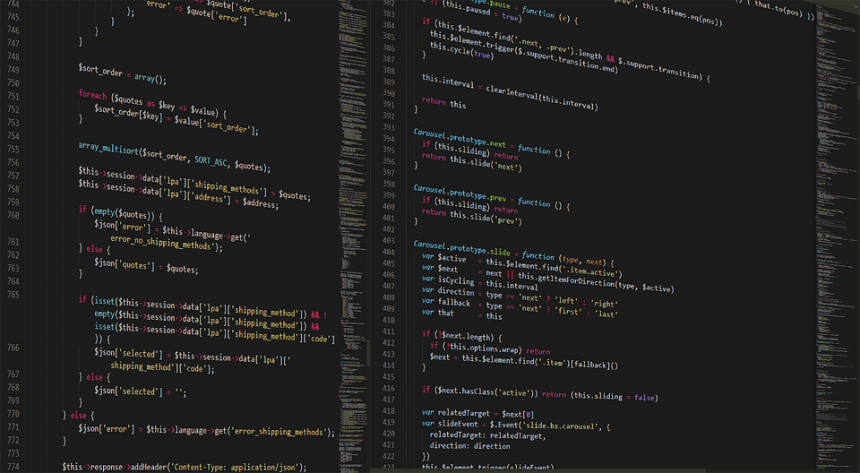In today’s fast-paced digital landscape, developers are constantly seeking ways to create faster, more efficient applications. JAMstack (JavaScript, APIs, and Markup) has emerged as a powerful architecture, allowing for the development of modern web applications that are both highly performant and scalable. This beginner’s guide will walk you through the basics of JAMstack development, the benefits of decoupling web architecture, and how you can harness the power of serverless functions using popular platforms like Netlify and Vercel.
What is JAMstack?
JAMstack is a modern web development architecture based on client-side JavaScript, reusable APIs, and pre-built Markup. Let’s break down its components:
- JavaScript: The dynamic aspect of your application that creates interactivity and functionality on the client side.
- APIs: Server functionality that is exposed through reusable APIs, enabling your application to perform tasks such as data fetching or user authentication.
- Markup: Pre-rendered HTML that can be generated using static site generators like Gatsby, Next.js, or Hugo. This allows for sharp loading speeds and improved SEO.
The Architecture of JAMstack
JAMstack stands apart from traditional monolithic architectures. In a typical monolithic application, the front end and back end are tightly coupled, meaning changes in one often lead to complications in the other. JAMstack, however, decouples these layers.
How Decoupling Works
-
Static Frontend: By serving pre-rendered HTML files, you significantly reduce server load while improving speed—static files can be served over a Content Delivery Network (CDN) without the overhead of generating pages upon request.
-
Microservices through APIs: Instead of a single server handling all your business logic, APIs can be developed as microservices. Each service can be independently updated or optimized without affecting the rest of your system.
- Flexible Data Sources: With JAMstack, you can pull in data from a variety of sources—traditional databases, headless CMSs, or third-party APIs—granting developers the freedom to choose the best tools for their needs.
Benefits of JAMstack Development
-
Performance: By serving static content directly from a CDN, loading times are significantly reduced. Users receive faster responses, leading to an overall better experience.
-
Scalability: Since apps are built in a decoupled manner, scaling becomes easier. You can optimize or even replace individual components without the risk of breaking the entire system.
-
Security: The absence of a web server running dynamic content reduces the risk of attack vectors like SQL injection or similar vulnerabilities often associated with traditional architectures.
-
Development Speed: Developers can focus on building the front end while using APIs to pull in dynamic data. This clear separation of concerns often accelerates the development process.
- Better Developer Experience: The rise of tools like Netlify and Vercel brings powerful features like integrated authentication, form handling, and easy deployments, making developers’ lives easier.
Serverless Functions: Bridging the Gap
One of the standout features of JAMstack is the ability to integrate serverless functions. Serverless functions are small, single-purpose functions that run in the cloud, often triggered by events like HTTP requests. They allow developers to add dynamic functionality without managing servers.
Why Use Serverless Functions?
- Pay As You Go: You only pay for what you use, which is particularly beneficial for smaller projects or startups.
- Automatic Scaling: Serverless functions automatically scale based on demand, meaning you don’t have to worry about provisioning servers or managing infrastructure.
- Focus on Code: Developers can focus solely on writing code—serverless providers take care of the underlying architecture.
Getting Started with Popular Tools: Netlify and Vercel
Netlify and Vercel are two leading platforms that support JAMstack development and serve as excellent gateways to leveraging serverless functions.
Netlify
- Easy Setup: Netlify simplifies deployment with its continuous integration features. Connect your repository, and your site auto-deploys when you push changes.
- Serverless Functions: Build scalable serverless functions in Node.js or Go directly within your Netlify project, allowing for easy data management or integrating third-party APIs.
- Dynamic Features: Features like forms, authentication, and split testing can be easily managed through their platform.
Vercel
- Optimized for Next.js: If you’re using Next.js for your JAMstack project, Vercel offers seamless deployment with enhanced performance and features.
- Automatic Serverless Functions: Like Netlify, each API route can be a serverless function automatically deployed when you publish your site.
- Speedy Deployments: Vercel’s deployment process is known for its speed, making it possible to go from local development to production in minutes.
Conclusion
Getting started with JAMstack and serverless functions can revolutionize the way you build modern web applications. By decoupling your architecture, leveraging the power of APIs, and utilizing tools like Netlify and Vercel, you can create fast, secure, and scalable applications with ease.
As you embark on your JAMstack journey, remember that embracing a modular approach to development not only enhances project maintainability but also provides an excellent experience for users. Happy coding!



